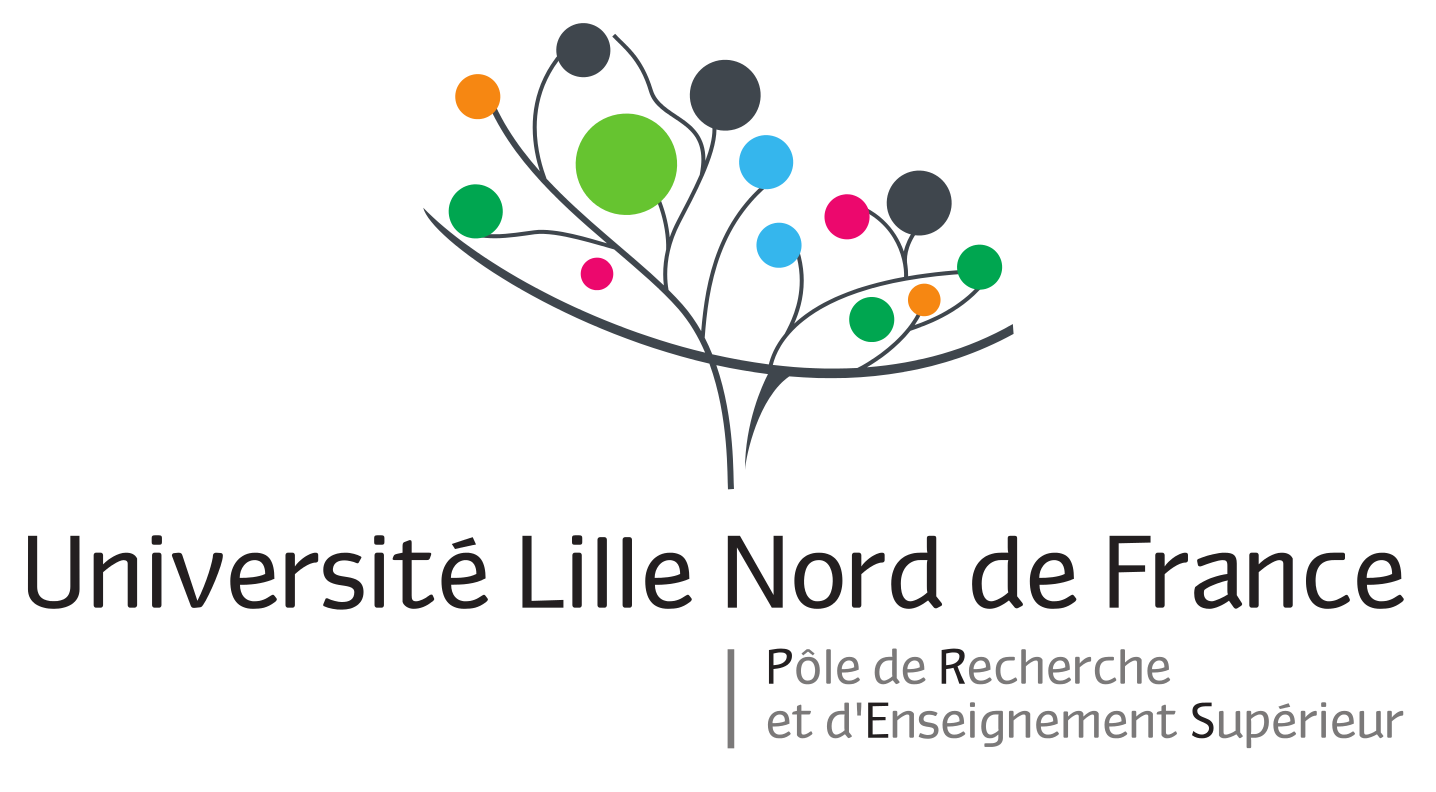 |
LigASite database of binding sites |
|
Frequently Asked Questions| 1 |
Why are some binding sites constituted of very few residues,
e.g. only 1 residue in the binding site of amicyanin
(apo-structure PDB ID 1aaj)?
|
|
The holo-structures used to define the ligand-binding sites can
consist of protein complexes in which the protein of the
corresponding apo-structure is in complex with another,
different protein.
The number of inter-atomic contacts used to determine whether a
small molecule is biologically relevant or not is calculated by
considering atoms from all surrounding protein chains, whether
they are all identical or not.
In the case of amicyanin, the binding site is defined from
holo-structure 2gc4, in which amicyanin is in complex with
other proteins, including cytochrome C552. The ligand used to
define the binding site is a heme group which mostly interacts
with cytochrome C552, and only makes contacts with one residue
of amicyanin.
It is this residue alone which constitutes the binding site of
amicyanin for the heme. However, the interaction can be
considered to be biologically relevant, since the complex of
amicyanin with cytochrome C552 is biologically meaningful and
the interaction between the heme group and cytochrome C552 is
biologically relevant as well (i.e. the heme group
makes more than 70 inter-atomic contacts with protein atoms).
This situation only concerns 8 proteins out of 550.
|
|
|
v9.7
April 2012 |
Interdisciplinary Research Institute, Computational Biology, Villeneuve d'Ascq, France
University College London, Biomolecular Structure and Modelling Unit, London, UK
Hospital for Sick Children and University of Toronto, Structural Biology and Biochemistry Program, Toronto, Canada |
| Script execution time: 0.0201 seconds |
